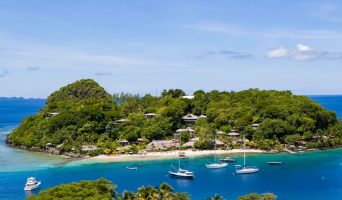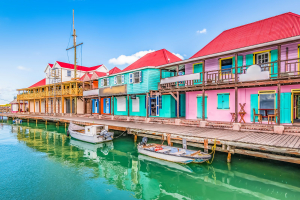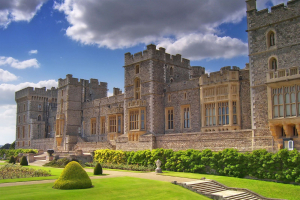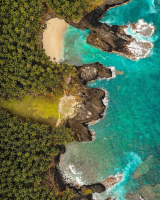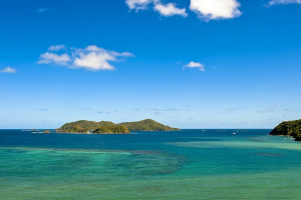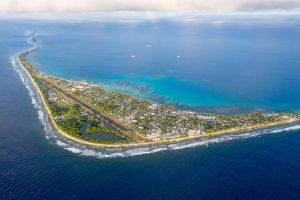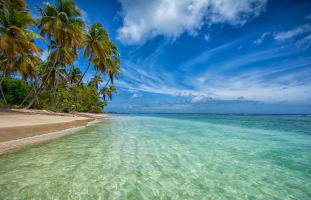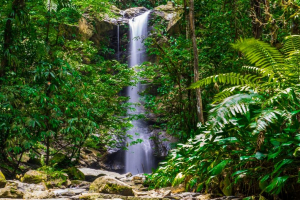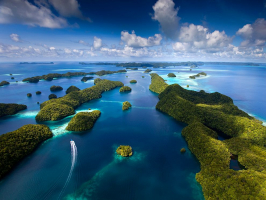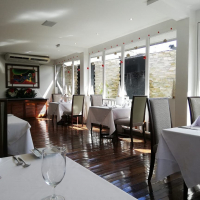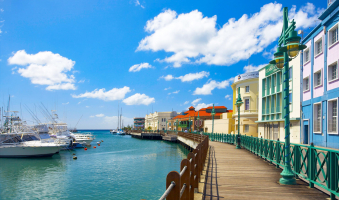Top 10 Things About Trinidad and Tobago You Should Know
Warm beaches, sunscreen, and clear, tropical skies are likely to come to mind when you think about Trinidad. While these are surely reasons to laud the islands ... read more...on their own, there is a lot more you probably haven't heard about! Trinidad and Tobago are some of the Caribbean's most praised islands, from biodiversity and coral conservation to history, carnival celebrations, and musical inventiveness. There's a lot more to love than meets the eye. Here are Things About Trinidad and Tobago You Should Know.
-
In 1977, in Santo Domingo, Dominican Republic, Janelle Commissiong was named the first black Miss Universe. She migrated to the United States at the age of 13 after being born in Trinidad to a Trinidadian father and a Venezuelan mother in 1953. After finishing fashion school in New York City, Commissiong returned to Trinidad & Tobago. She became a passionate champion for the black community after her unexpected and controversial crowning, going to many nations to speak for black rights.
During the Miss Universe pageant, Commissiong was a popular competitor who won the pageant's photogenic competition. Despite this, she was not regarded as the favorite to win the contest. Most analysts predicted that Miss Austria, Eva Maria Duringer, would win the title. During came in second place. Commissiong was a vocal champion for black rights in nations where people of African origin were a minority during her reign (1977-1978), and she pushed for international peace.

angelopedia.com 
angelopedia.com -
One Things About Trinidad and Tobago You Should Know is that the limbo was invented in the country. Despite its origins in Trinidad and Tobago, the limbo has become a globally recognized dance competition. Two vertical others (or people) hold up a horizontal stick, allowing players to arch backwards to pass below it. Players take turns passing beneath, hoping to "limbo" low enough to avoid touching the horizontal stick. Each time a player hits the stick by accident, they are eliminated and the stick is dragged lower and lower. This process is repeated until only one person remains, who is declared the winner.
The Limbo dance began as a tradition at Trinidad and Tobago wakes, and was popularized by dance pioneer Julia Edwards (dubbed "the First Lady of Limbo") and her group, who starred in numerous films, including "Fire Down Below" (1957), and toured globally in the 1960s and beyond. Sonja Dumas, a Trinidadian/American dance researcher/choreographer, created the video "Julia and Joyce" in 2010, which depicts the history of the Limbo and Julia Edwards' influence to its popularity growth. In nineteenth-century Trinidad, the limbo was supposed to represent prisoners boarding the galleys of a slave ship or a ghost passing over into the afterlife, or "limbo."
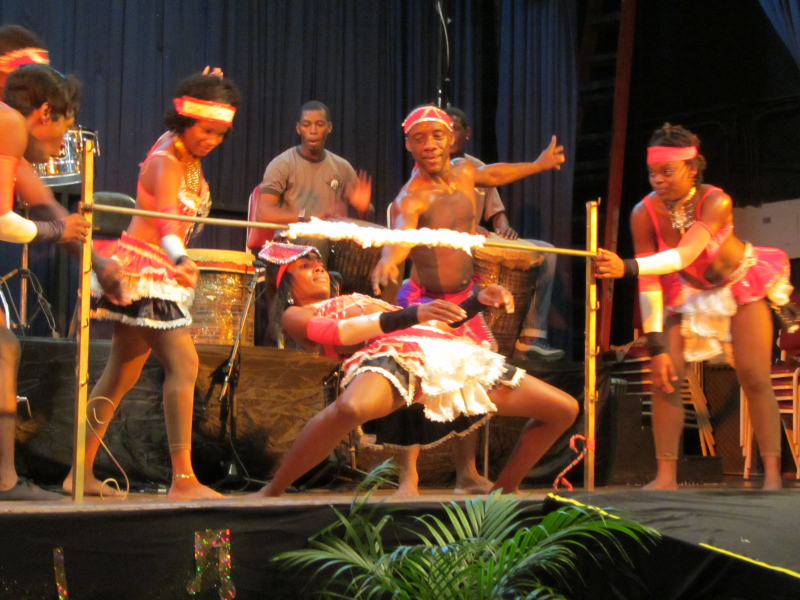
commons.wikimedia.org 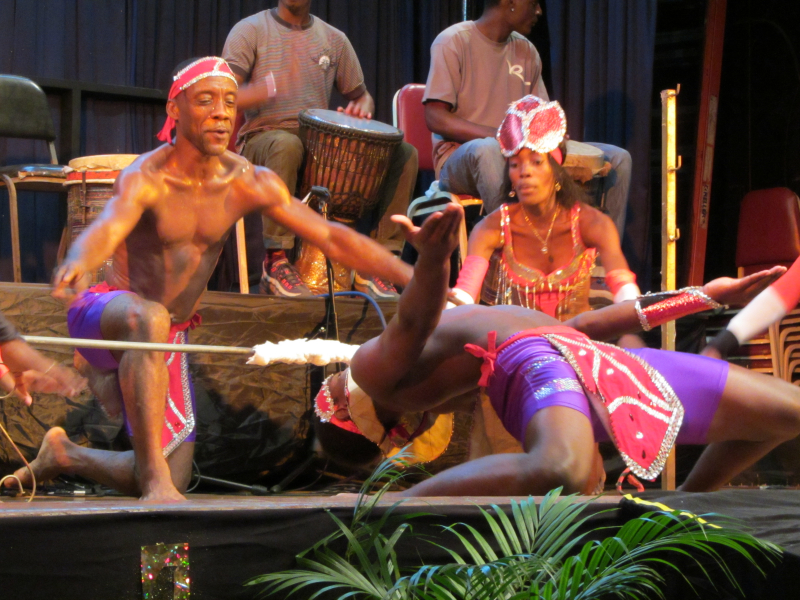
commons.wikimedia.org -
Tobago holds the world’s oldest protected rainforest in the western hemisphere, which is one of the Things About Trinidad and Tobago You Should Know. Tobago's Main Ridge Forest Preserve spans 9,780 acres of protected rainforest! The rainforest, which was established on April 13, 1776 (just before the United States was formed), is home to a rich assortment of plant life, 16 mammalian species, 210 bird species, and a wide range of other creatures. The white-tailed sabre hummingbird, which can be seen all around the island, is maybe the most popular.
The rainforest is home to a variety of flora and fauna, including twelve to sixteen species of mammals (out of nearly ninety mammal species in the Caribbean region), twenty-four non-poisonous snakes, sixteen lizards, and two hundred and ten species of birds, the most notable of which is the rare and endemic to Tobago bird Campylopterus ensipennis (White-tailed Sabrewing Hummingbird). Many plant and wildlife populations declined or vanished during Hurricane Flora in 1963. One of the species that has recovered since the catastrophe is the Sabrewing Hummingbird. In 2005, Trinidad and Tobago's Environment Management Authority designated the bird as an Environmentally Sensitive Species.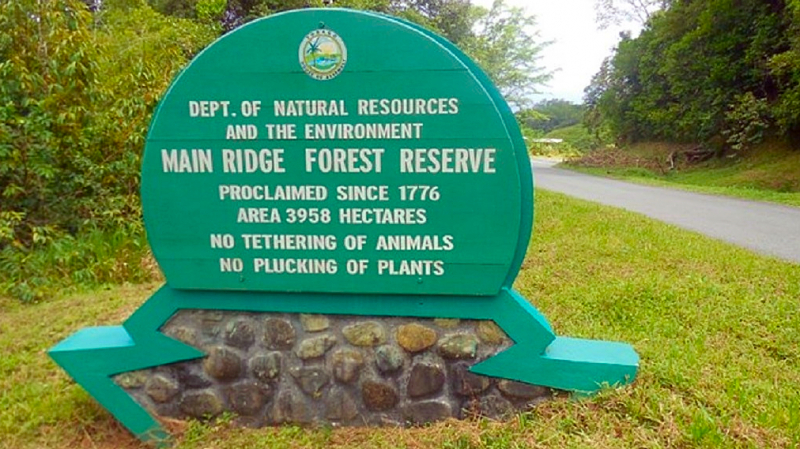
tt.loopnews.com 
tt.loopnews.com -
Carnival may be the place for you if you enjoy vibrant dancing, parades, fashion, or simply having a good time. Thousands of people dressed in vivid, bold masquerade-style costumes walk along the parade's course to the rhythm of island music in the days leading up to Ash Wednesday. It's common to see street performers or musicians, and there's a splash of brilliant color wherever you turn, making it feel like one of the biggest block parties you've ever seen. Because this is a multi-day event that begins in the early hours of the morning, some recommend staying in a central location, such as The Hilton Trinidad, to minimize the burden of daily transportation.
The Trinidad and Tobago Carnival is an annual celebration that takes place in Trinidad and Tobago on the Monday and Tuesday preceding Ash Wednesday. Participants' bright costumes and wild festivities are well-known features of this event. Several cultural events, such as "band launch fetes," take place in the days leading up to Carnival Monday and Tuesday's street parade. If the islanders are not celebrating it, it is believed that they are planning for it while remembering over the previous year's event. The festival is traditionally connected with calypso music, which developed in the midst of suffering for enslaved West and Central Africans; however, Soca music has lately surpassed calypso as the most popular genre of music. The celebration also includes mas costumes (also known as "mas"), stick fights, and limbo sports.

fodors.com 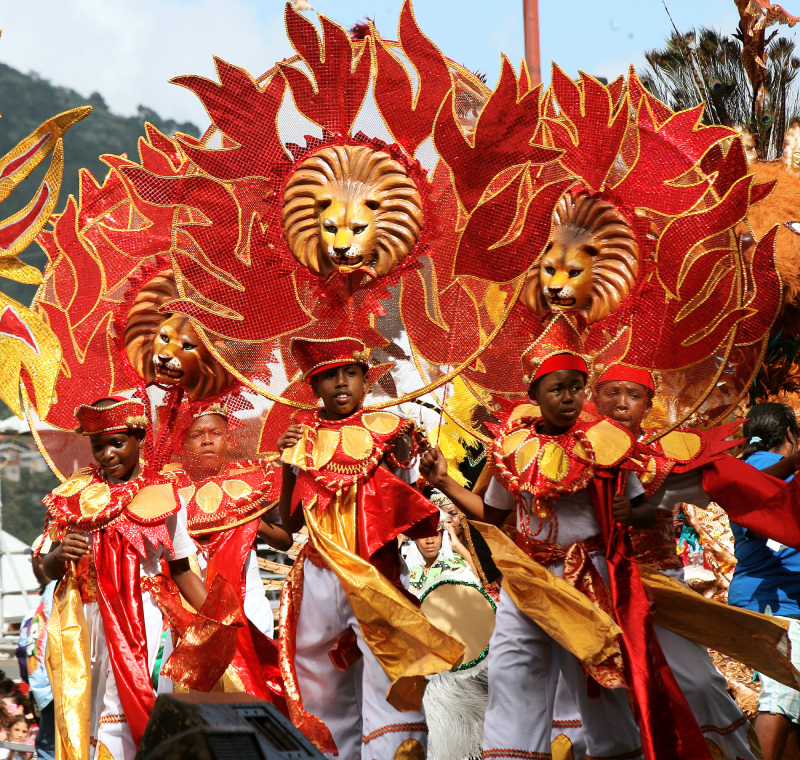
fodors.com -
Despite the fact that there is little to no water present, the asphalt accumulation is known as "Pitch Lake". The "lake" is said to be located above an open fault line, allowing oil to seep up and solidify into asphalt when the more liquid chemicals evaporate. The deposit may retain approximately 10 million tons of asphalt at any given moment. Small ponds can form during the rainy season, containing high quantities of sulphur, which residents claim can heal almost everything!
The Pitch Lake is the world's biggest natural asphalt deposit, with an estimated 10 million tons. It's in the Siparia Regional Corporation, near La Brea, in southwest Trinidad. The lake is estimated to be 250 feet (76.2 meters) deep and encompasses roughly 100 acres (0.405 square kilometers). Pitch Lake is a famous tourist destination with a small museum and professional tour operators who may take visitors across the lake. Lake Asphalt of Trinidad and Tobago mines the lake for asphalt. The lake was formed thousands of years ago when the Caribbean continental plate was driven under another plate during subduction. This triggered the opening of fault lines, allowing oil from deep subterranean sources to ascend to the surface and gather in a volcanic crater. Lighter portions of the oil evaporated in the air, leaving behind the heavier asphalt, which is a mixture of oil, clay, and water.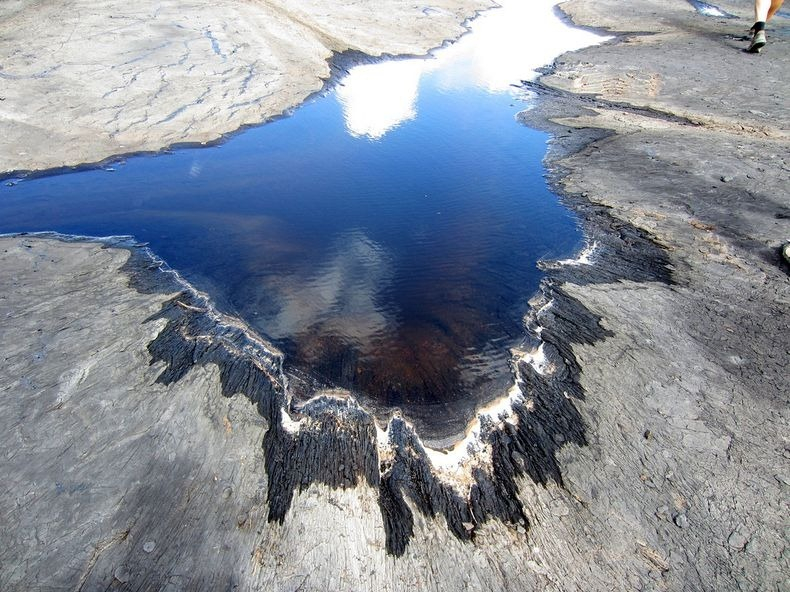
amusingplanet.com 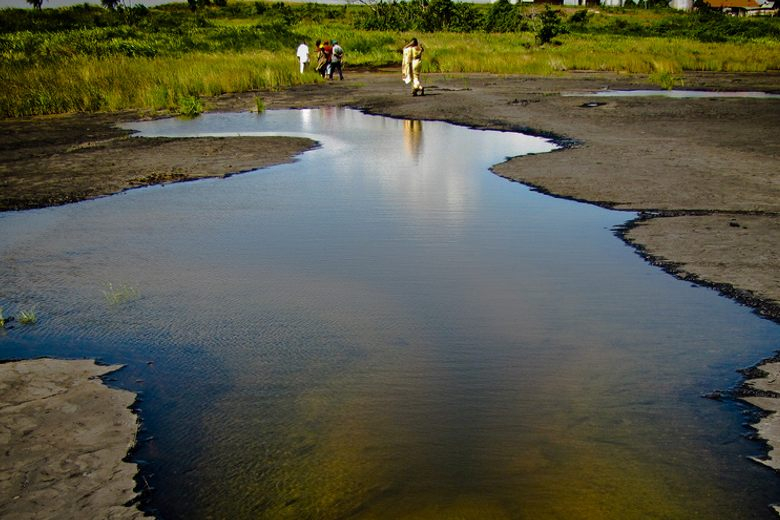
amusingplanet.com -
Nylon Pool, located just south of Buccoo Reef, is a natural beauty that has captured the hearts of both residents and visitors. The Nylon Pool is a sandbar/still-lagoon combination in the midst of the ocean that allows anyone to stroll, swim, or float on it as they like. The water, according to locals, has revitalizing properties for people who swim in it! Princess Margeret called the natural pool in 1962, joking that the crystal clear water reminded her of her translucent nylon stockings.
This is one of the many tranquil spots in Tobago's tropical wonderland. Relax on the lovely white beach that borders the thigh-high turquoise seas just south of Buccoo Reef. If you can't resist the temptation, float in the calm lagoon, which is bordered on one side by the deep blue ocean and the other by a palm-fringed beach. Locals say that swimming in this water may revive anyone who is fortunate enough to do so. When Princess Margaret spent her honeymoon there in 1962, she named the location after the transparency of nylon, and it is accessible via glass-bottomed boat from Store Bay and Pigeon Point. It is still a favorite romantic getaway for couples nowadays.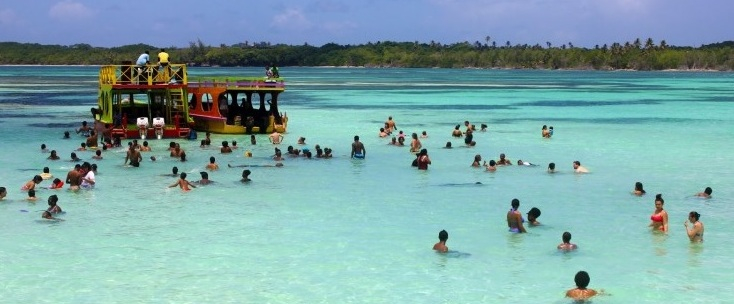
103fm.tt 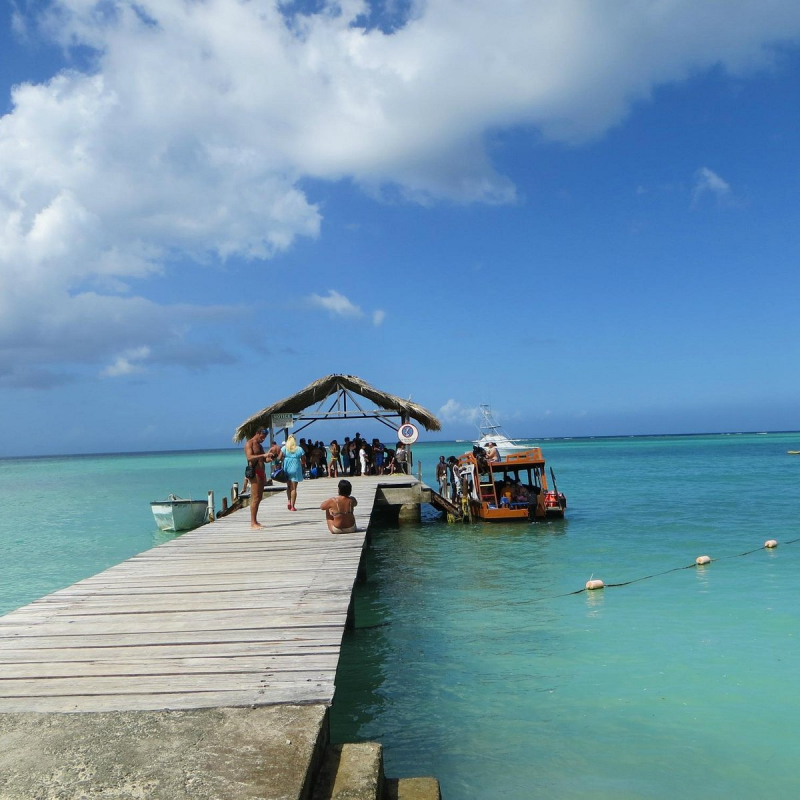
103fm.tt -
One Thing About Trinidad and Tobago You Should Know is that the world’s largest brain coral colony can be found off the coast. What would Trinidad and Tobago look like if it didn't have its coral reefs? Aside from the diverse marine life that can be seen while scuba diving off the shore, Tobago is home to the world's biggest brain coral colony. The coral, which stands 10 feet tall and 16 feet wide, is part of the Kelleston Drain, a considerably bigger region (and a gold mine for scuba divers).
All it takes is a breath and a plunge to uncover a magnificent universe. Stingrays, turtles, eels, plants, sponges, and, of course, coral! Fish of various kinds and colors, stingrays, turtles, eels, plants, sponges, and, of course, coral! Speyside, Tobago, has one of the world's greatest wonders, the world's largest single brain coral colony, measuring 10ft (3M) high and 16ft (5.3M) across! Just a short distance from Speyside and off Little Tobago is a site called Kelleston Drain, which offers great reasons to scuba dive — the main attraction is the world's largest single brain coral colony, measuring 10ft (3M) high and 16ft (5.3M) wide.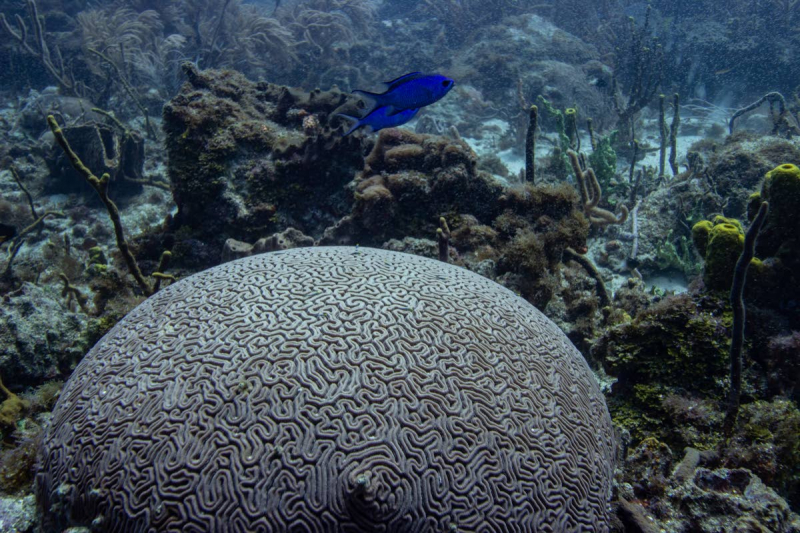
americanoceans.org 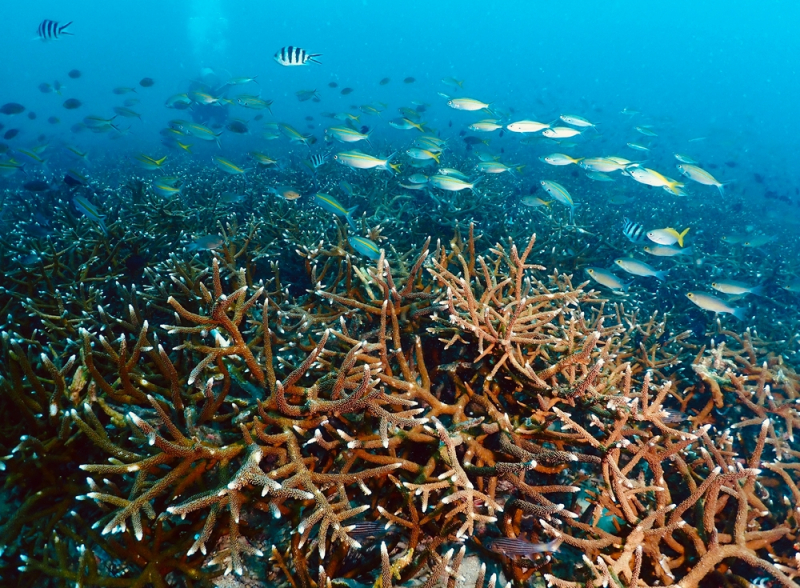
americanoceans.org -
Curried, stewed, or grilled foods are popular in Trinidad and Tobago. Throughout Trinidad and Tobago, local merchants sell a variety of fish and seafood, including flying fish, king fish, carite, prawns, sapatay, red fish, shrimp, bonito, lobster, conch and crab, tilapia, and seasonal cascadura.
Pholourie is a popular Trini appetizer or snack that is offered during religious meetings or birthday festivities. A split pea batter is used to make this fritter, which is seasoned with spicy peppers and other spices. The batter is placed into hot oil and cooked until a golden brown hue appears. Pholouries are also available in a number of bakeries around the island. Typically, the snacks are served with sauces or chutneys on the side.
A classic meal from Trinidad and Tobago is curried crab with dumplings. The crabs are washed, then immersed in lime water for a few minutes before being drained. Celery, pimento peppers, onions, garlic, and chives are then added to the mix. After marinating the crabs, combine them with curry powder paste, coconut milk, and spicy peppers in a saucepan. Flour, grated cassava, sugar, salt, and water are combined to make the dumplings. They're also put to the saucepan with the crab, and the sauce is simmered until it thickens. Curried crab and dumplings are served in the same bowl with plenty of sauce once they've been made.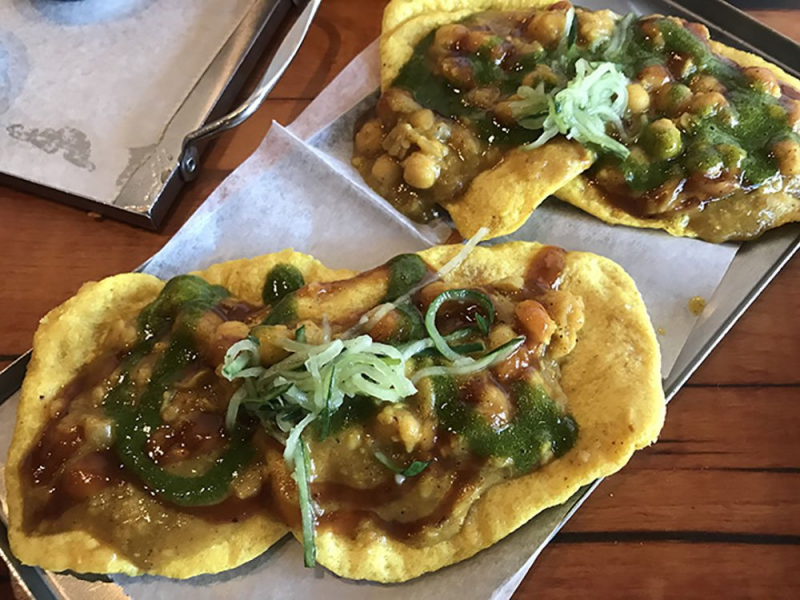
lacademie.com 
lacademie.com -
Given the extraordinary protection and conservation measures, Matura is considered Trinidad's safest nesting beach for leatherback sea turtles. Female turtles are projected to deposit 80 eggs up to 12 times every season during the nesting season. One of the groups in charge of turtle conservation efforts in Matura is Earthwatch, which claims to have practically eradicated the once-common practice of turtle poaching. Our shelled buddies, on the other hand, are concerned about a new threat: climate change. The warmer the sand, the more likely the eggs are to hatch as females, causing the population's gender balance to be thrown off. Turtle-watching is permitted as long as visitors get a permit from the Forestry Division in order to protect the turtle's comfort and minimize interruptions.
Every citizen of and tourist to Trinidad should go turtle-watching if they have the opportunity. The island is one of the only spots in the Caribbean where a huge leatherback female follows a centuries-old "family ritual" of returning to her birthplace to deposit her eggs. It's astonishing to see these massive creatures swimming in the harsh waves of the Atlantic Ocean or the Caribbean Sea, then making their way up onto the beach. On any north or east coast beach, the entire process of seeing her give birth may be watched, from the digging of the hole with her flippers through the "backfilling" after the delivery, to her return to the sea to mate again.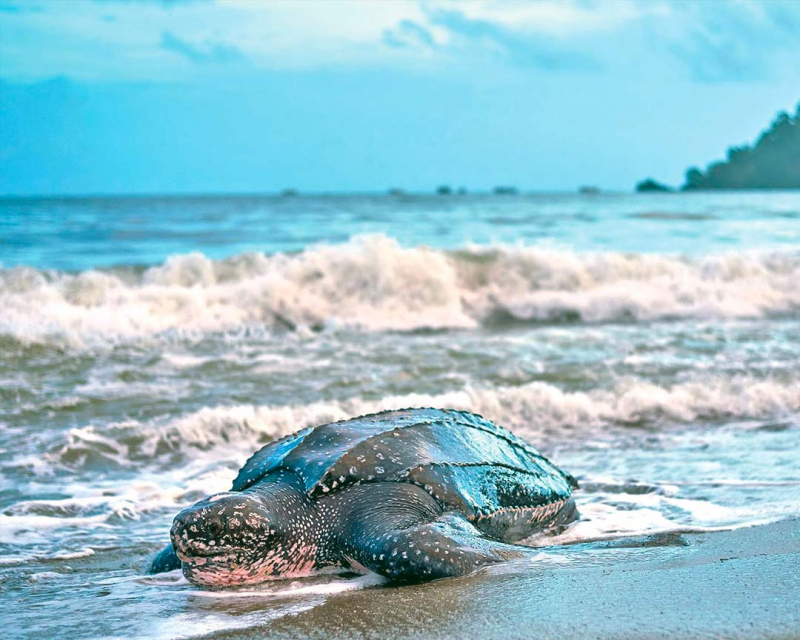
insandoutstt.com 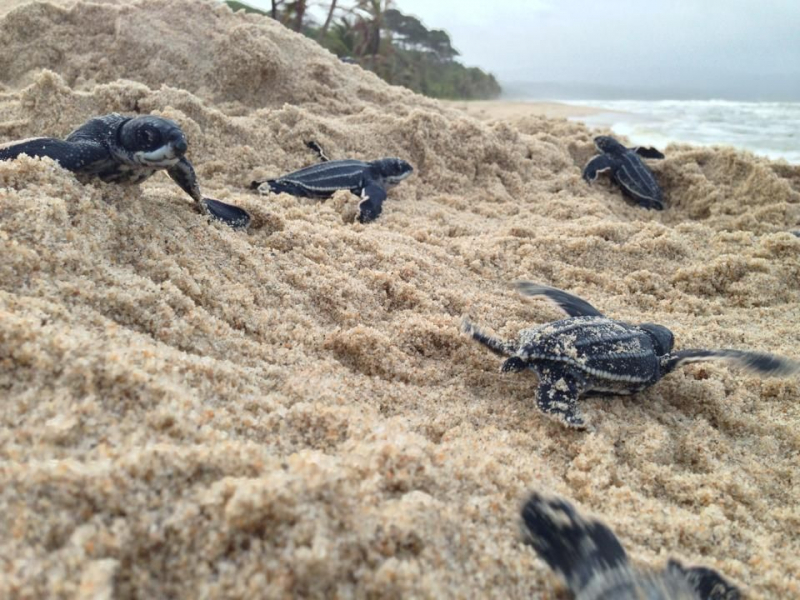
insandoutstt.com -
Calypso music originated there, and that is one of the Things About Trinidad and Tobago You Should Know. The steel pan drum was, in fact, created in Trinidad & Tobago! Following the creation of the new gigantic instrument, a plethora of musical styles incorporating it emerged. Calypso, Soca, and Chutney hardly scrape the surface of the steel pan drum's effect.
Calypso music began in the eighteenth century in Trinidad among the African slave populations. The sarcastic lyrics typically criticized slave masters through double entendre, and the musical style was a development of West African kaiso. Calypso developed over time as a result of a mix of French, English, Spanish, and African elements. Calypso was brought to the islands by the French, and once slavery was abolished in 1834 in Trinidad and Tobago, former slaves became stars of the Carnival, performing calypso in specialized calypso tents.
Trinidad & Tobago offers a wonderful experience for families, couples, and people alike, with a variety of activities for everyone! It's no surprise that the residents are so proud of their history. There's much to brag about when it comes to intriguing facts!
masterclass.com 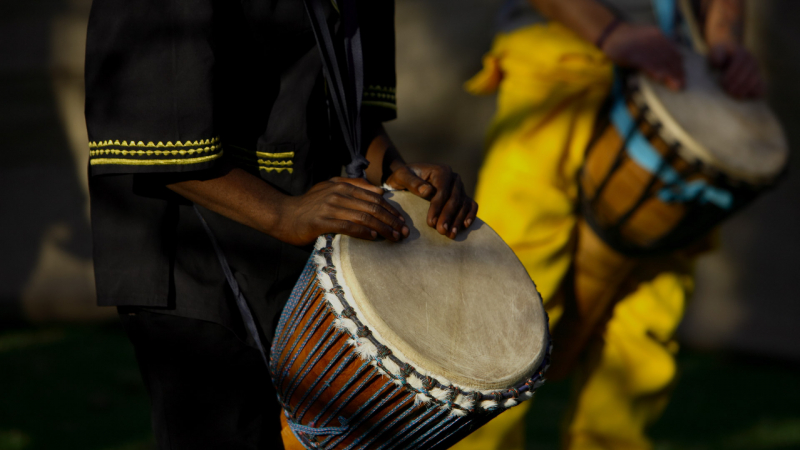
masterclass.com












